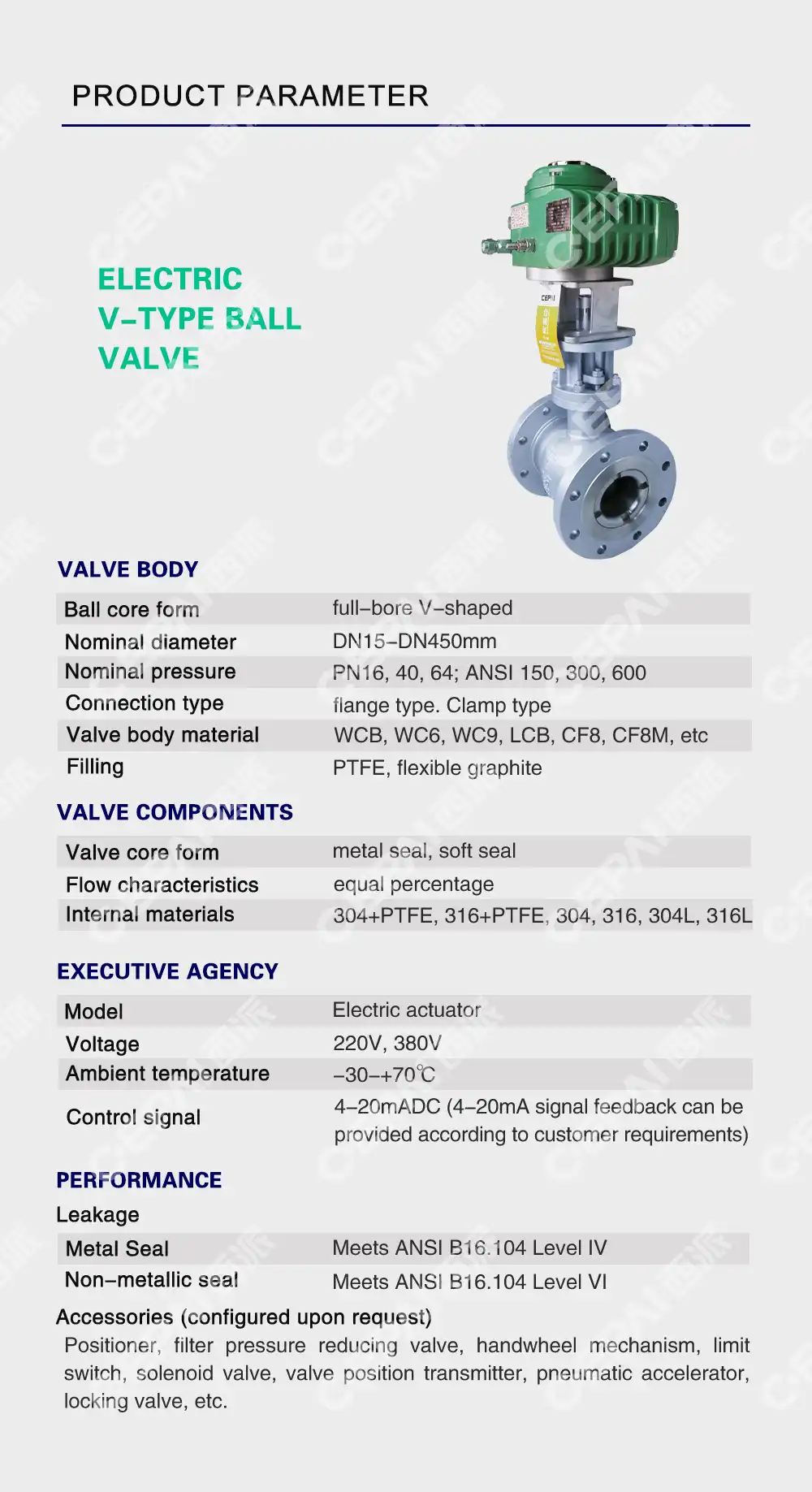Understanding Electric Valve Actuators: Types and Functions
Linear vs. Rotary Electric Actuators
Electric valve actuators come in two primary types: linear and rotary. Linear actuators produce straight-line motion, ideal for globe and gate valves. They convert the rotary motion of the electric motor into linear movement, pushing or pulling the valve stem. Rotary actuators, on the other hand, generate rotational motion suitable for ball, butterfly, and plug valves. These actuators turn the valve stem to open, close, or modulate flow. Both types offer precise control and can be equipped with various control options to suit specific application requirements.
Modulating vs. On-Off Control
Electric actuators can be classified based on their control functionality. On-off actuators simply open or close the electric control valve completely, suitable for applications requiring only two positions. Modulating actuators, however, can position the electric control valve at any point between fully open and fully closed. This capability allows for fine-tuned control of flow rates, pressures, and temperatures. Modulating actuators often incorporate sophisticated electronics and feedback mechanisms to ensure accurate positioning and responsive control.
Smart Electric Actuators
The latest advancements in electric valve actuator technology have led to the development of smart actuators. These intelligent devices incorporate microprocessors, digital communication protocols, and advanced diagnostics. Smart actuators can provide real-time data on valve position, torque levels, and operational status. They often feature self-calibration capabilities, reducing commissioning time and improving accuracy. The integration of smart actuators into industrial control systems enhances overall plant efficiency and facilitates predictive maintenance strategies.
Applications and Benefits of Electric Valve Actuators
Industry-Specific Applications
Electric valve actuators find applications across numerous industries. In the oil and gas sector, they control the flow of hydrocarbons in pipelines and processing facilities. Water treatment plants utilize these actuators for managing water distribution and filtration processes. Power generation facilities employ electric actuators for boiler feed water control and turbine bypass systems. The chemical industry relies on these devices for precise control of reactive substances. HVAC systems in large buildings use electric actuators for temperature regulation. The versatility of electric valve actuators makes them indispensable in modern industrial operations.
Energy Efficiency and Cost Savings
One of the primary advantages of electric valve actuators is their energy efficiency. Unlike pneumatic or hydraulic actuators, electric models don't require a continuous supply of compressed air or hydraulic fluid. This translates to significant energy savings over time. Electric actuators also offer better control precision for the electric control valve, reducing waste and improving process efficiency. The ability to modulate flow precisely through the electric control valve can lead to substantial cost savings in terms of raw materials and energy consumption. Additionally, the low maintenance requirements of electric actuators contribute to reduced operational costs.

Environmental Benefits
Electric valve actuators contribute to environmental sustainability in several ways. Their energy efficiency reduces the overall carbon footprint of industrial operations. Unlike hydraulic systems, there's no risk of fluid leaks that could contaminate the environment. The precise control offered by electric actuators helps in minimizing emissions and waste in processes. In water management applications, these actuators play a crucial role in conserving water resources through accurate flow control. As industries strive for greener operations, electric valve actuators emerge as a technology aligned with environmental goals.
Maintenance and Troubleshooting of Electric Valve Actuators
Preventive Maintenance Strategies
Maintaining electric valve actuators is crucial for ensuring their longevity and reliable operation. A comprehensive preventive maintenance program should include regular inspections of mechanical components, such as gears and bearings. Lubrication schedules must be adhered to, using appropriate lubricants for the operating conditions. Electrical connections should be checked for tightness and signs of corrosion. For actuators in harsh environments, protective coatings and seals need periodic inspection and renewal. Implementing a condition-based maintenance approach, leveraging data from smart actuators, can optimize maintenance schedules and prevent unexpected failures.
Common Issues and Solutions
Despite their reliability, electric valve actuators can encounter issues. One common problem is improper calibration, leading to inaccurate electric control valve positioning. This can often be resolved through recalibration procedures, which may involve adjusting limit switches or reprogramming the actuator's control module. Motor burnout, usually caused by overheating or excessive cycling, may require motor replacement or improved thermal management. Gear wear can result in reduced torque output and should be addressed by replacing affected components. Electrical issues, such as faulty wiring or damaged circuit boards, necessitate careful troubleshooting and repair by qualified technicians.
Upgrading and Retrofitting Considerations
As technology advances, upgrading existing electric valve actuators can bring significant benefits. Retrofitting older on-off actuators with modulating capabilities can enhance process control. Integrating smart functionalities into legacy systems improves diagnostics and operational insights. When considering upgrades, factors such as compatibility with existing valve assemblies, control systems, and power supplies must be evaluated. The potential for improved efficiency, reduced downtime, and enhanced control often justifies the investment in actuator upgrades. Consulting with actuator specialists can help in determining the most suitable upgrade path for specific applications.
Conclusion
Electric valve actuators represent a cornerstone of modern industrial automation, offering precise control, energy efficiency, and reliability across diverse electric control valve applications. From their various types and functions to their wide-ranging benefits and maintenance considerations, these devices play a pivotal role in optimizing electric control valve processes. As technology continues to evolve, electric valve actuators are poised to become even more intelligent and integrated, further enhancing their value in electric control valve operations. By understanding and leveraging the capabilities of electric valve actuators, industries can achieve higher levels of efficiency, sustainability, and operational excellence.
Contact Us
Ready to optimize your valve control systems with cutting-edge electric actuators? CEPAI Group offers state-of-the-art electric valve actuators designed for precision, reliability, and efficiency. Our expert team can help you select the perfect solution for your specific needs, ensuring seamless integration and superior performance. Contact us today at cepai@cepai.com to explore how our advanced actuator technology can elevate your industrial processes to new heights of productivity and control.


_1746598538016.webp)



